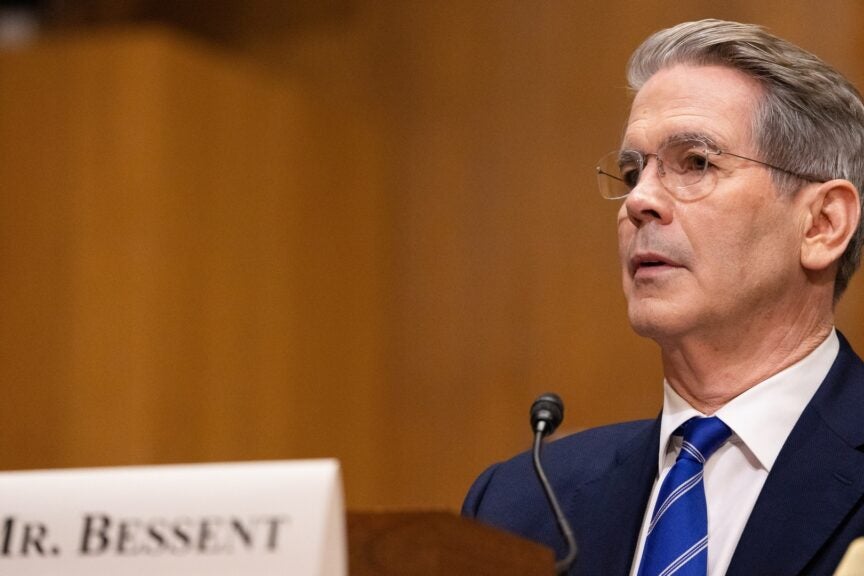Unraveling the Bank of America Data Breach: A Closer Look at Your Security
A recent cyberattack targeting a third-party vendor has resulted in a significant data breach at Bank of America, compromising sensitive customer information. This unfortunate incident raises critical questions regarding the safety of accounts and the integrity of financial institutions in an increasingly digital world. As cyber threats continue to evolve, it is vital for customers to stay informed and vigilant about protecting their personal information.
Understanding the Data Breach
The breach occurred when a third-party vendor, which Bank of America utilized for specific services, fell victim to a cyberattack. Hackers managed to infiltrate this vendor’s systems, gaining unauthorized access to sensitive data. While Bank of America has stated that its own systems remain secure, the fact that a third-party vendor was compromised highlights a growing concern in the financial industry: the security of interconnected systems.
Data breaches like this one can expose a wide array of sensitive information, including:
- Names
- Social Security numbers
- Account numbers
- Transaction details
- Contact information
Such information can be exploited by cybercriminals for identity theft, fraudulent transactions, and other malicious activities. The fallout from this breach may have long-lasting effects on the affected customers, making it imperative for individuals to take proactive measures in safeguarding their information.
Implications for Bank of America Customers
For customers of Bank of America, the immediate concern revolves around the potential misuse of their compromised data. Here are some possible implications:
- Identity Theft: With access to personal information, cybercriminals can impersonate individuals, opening new accounts or making unauthorized purchases.
- Financial Loss: Compromised account details could lead to direct financial loss through fraudulent transactions.
- Credit Damage: If identity theft occurs, it could severely damage an individual’s credit score, affecting future borrowing capabilities.
Bank of America has taken steps to notify affected customers and provide them with resources to help mitigate the risks associated with this breach. This includes offering credit monitoring services and encouraging individuals to monitor their accounts for suspicious activity.
What Can Customers Do to Protect Themselves?
In light of the recent breach, customers should take proactive measures to secure their personal information. Here are some practical steps:
- Change Passwords: Regularly update passwords for online banking and related accounts, using strong, unique passwords for each service.
- Enable Two-Factor Authentication: Utilize two-factor authentication (2FA) wherever possible. This adds an extra layer of security by requiring a second form of verification.
- Monitor Accounts: Regularly check bank statements and transactions for any unauthorized or suspicious activity.
- Alert Your Bank: If you notice anything unusual, immediately notify Bank of America or your financial institution.
- Consider a Fraud Alert: Placing a fraud alert on your credit report can help protect against identity theft.
The Bigger Picture: Cybersecurity in Financial Institutions
This incident at Bank of America is not isolated; it reflects a broader trend of increasing cyber threats facing financial institutions. As technology advances, so do the tactics employed by cybercriminals. Financial institutions are often prime targets due to the wealth of sensitive information they hold. Here are some key trends and considerations:
- Rising Cyber Attacks: The frequency and sophistication of cyberattacks are increasing, necessitating more robust security measures by banks and financial organizations.
- Third-Party Risk Management: As institutions rely on third-party vendors for various services, the need for stringent risk management and security protocols becomes paramount.
- Regulatory Compliance: Financial institutions must comply with regulations that govern data protection. Breaches can lead to significant fines and reputational damage.
These factors underscore the importance of cybersecurity as a critical component of business operations in the financial sector. Banks need to invest in advanced technologies and strategies to mitigate risks and enhance their security posture.
Looking Ahead: Future of Banking Security
As we look towards the future, it is clear that cybersecurity will play an increasingly central role in the banking industry. Financial institutions must adapt to the evolving landscape of cyber threats by:
- Investing in Technology: Upgrading systems and employing cutting-edge technologies such as artificial intelligence and machine learning to detect and respond to threats in real-time.
- Strengthening Employee Training: Providing ongoing training for employees to recognize potential phishing attempts and other security threats.
- Enhancing Customer Communication: Keeping customers informed about security measures and best practices to protect their accounts.
By taking these steps, banks can not only protect their assets but also build trust and confidence among their customers. Trust is essential in banking; breaches can erode that trust significantly.
Conclusion: Staying Vigilant in a Digital Age
The Bank of America data breach serves as a stark reminder of the vulnerabilities that exist in today’s interconnected financial landscape. While financial institutions are working diligently to enhance their security measures, customers also play a critical role in safeguarding their information. By staying informed, adopting best practices, and remaining vigilant, individuals can protect themselves against potential threats.
As we navigate this digital age, awareness and proactive measures will be our best defenses against the evolving landscape of cyber threats. Remember, the security of your information is ultimately in your hands.
See more CNBC Network



